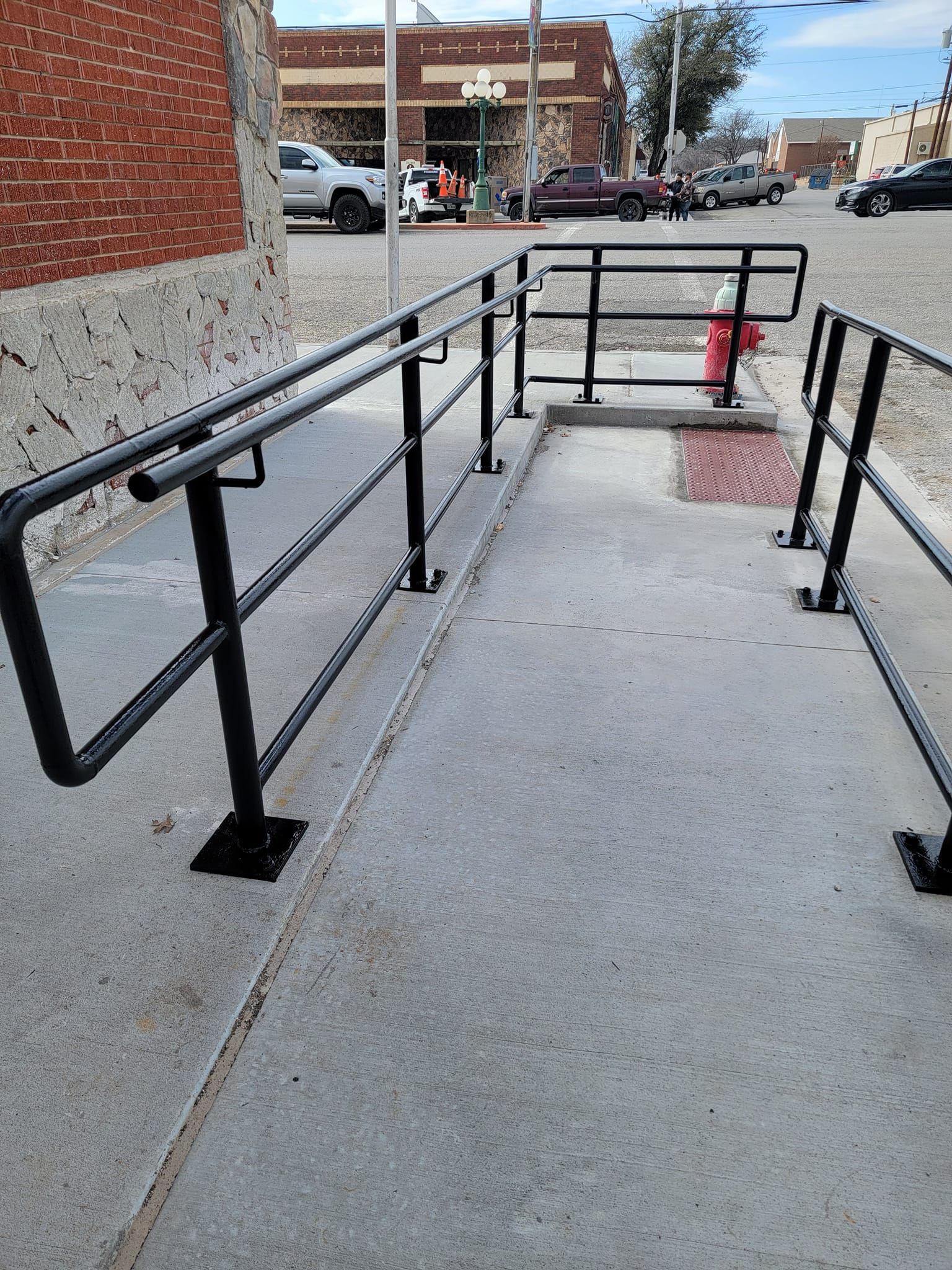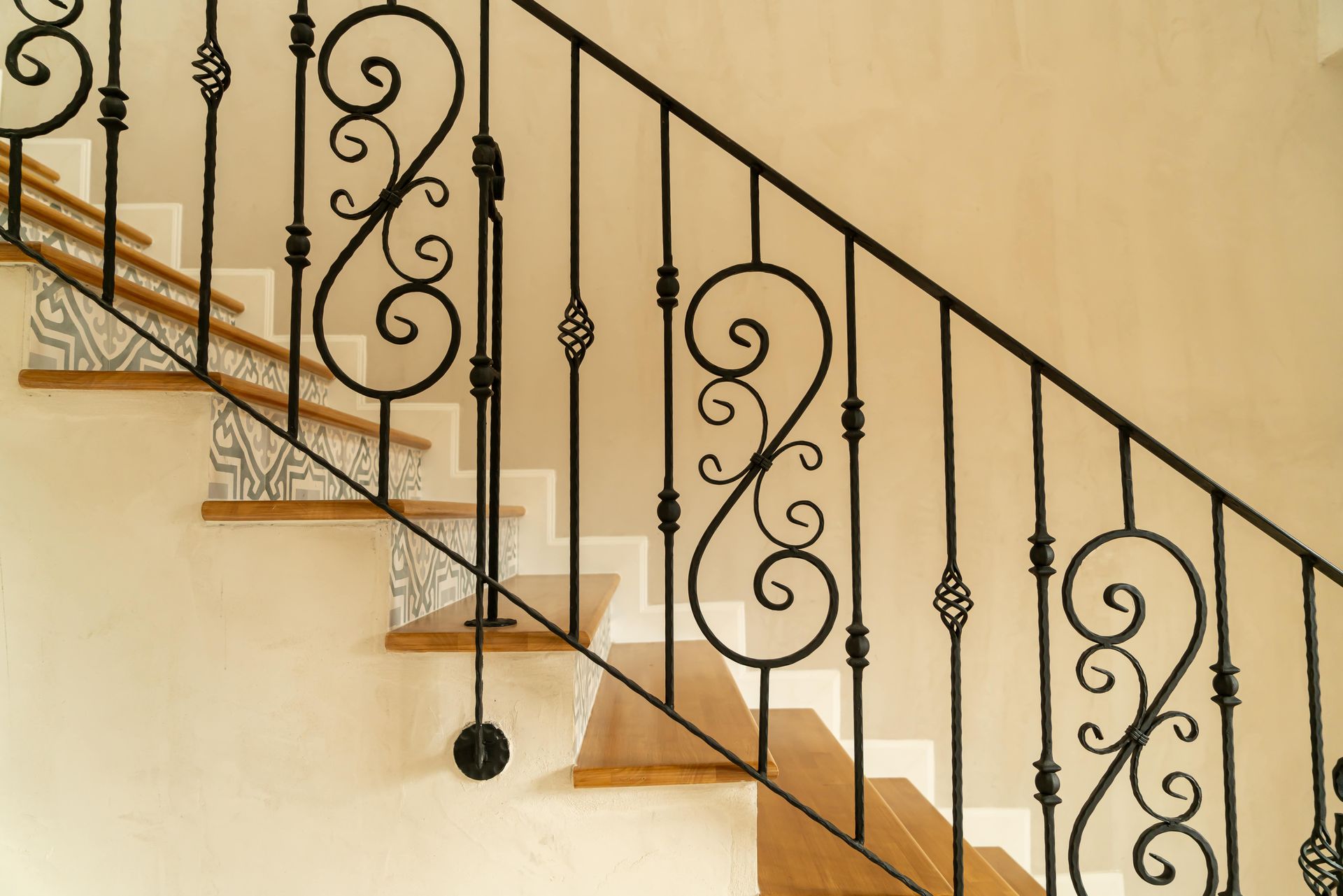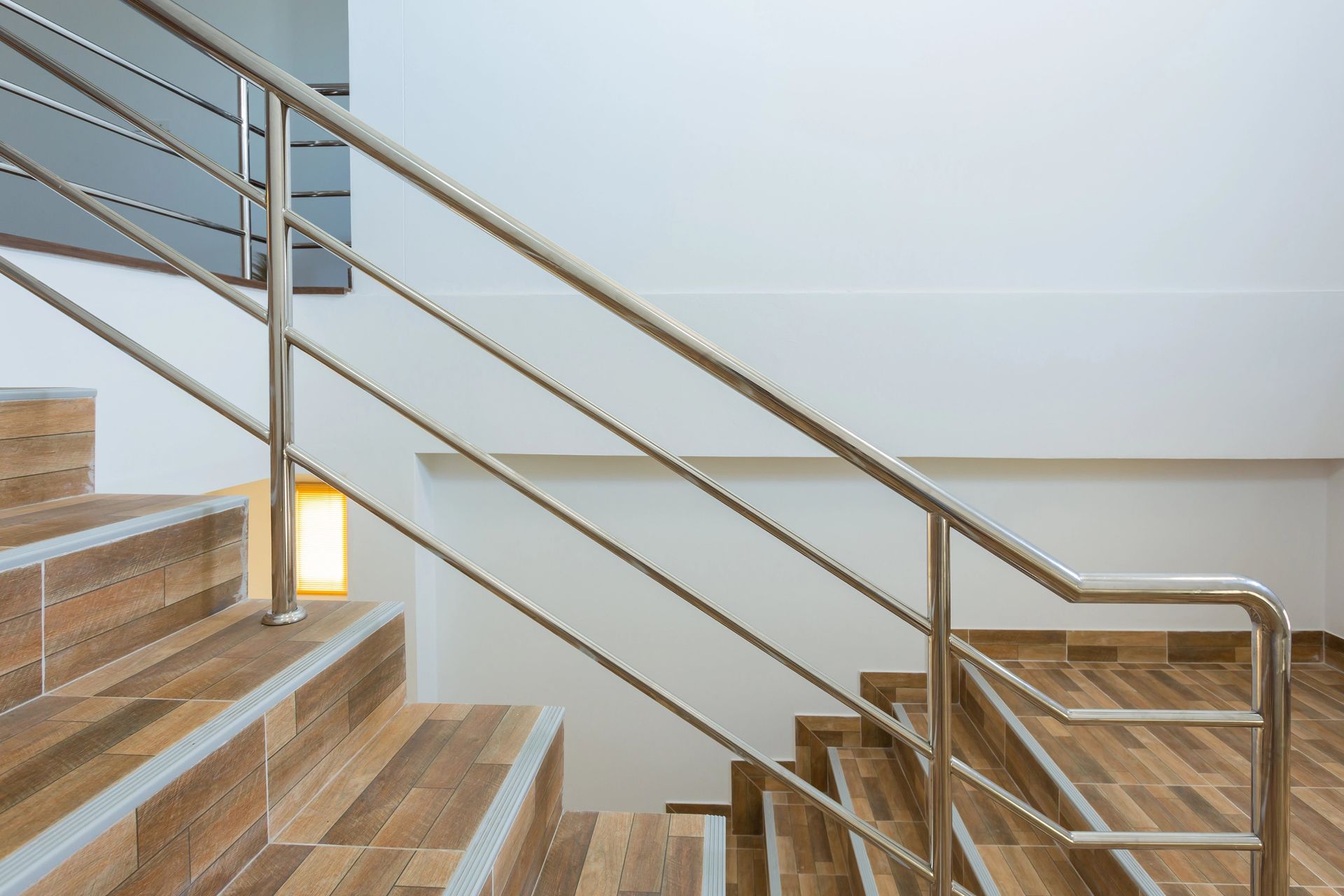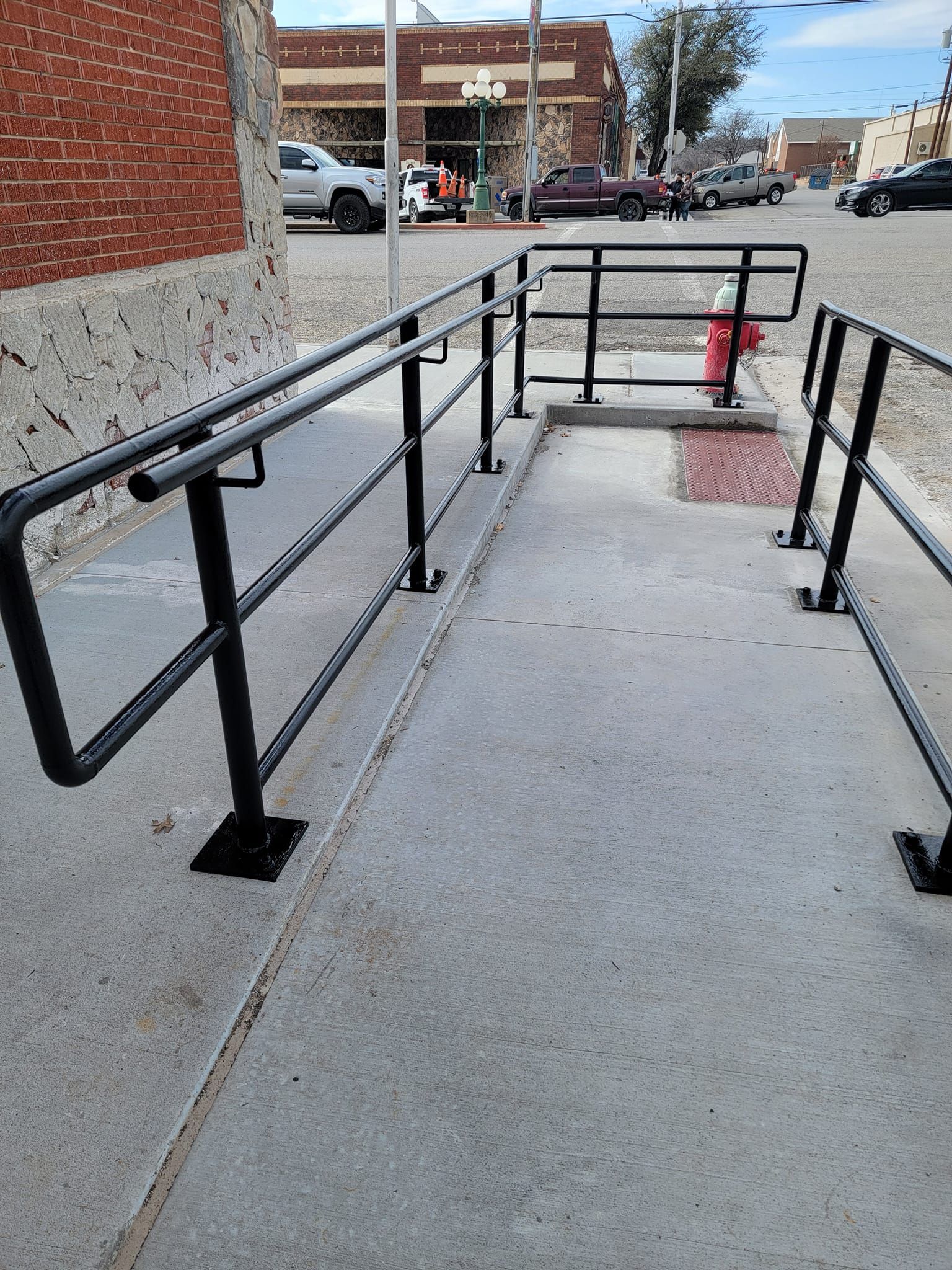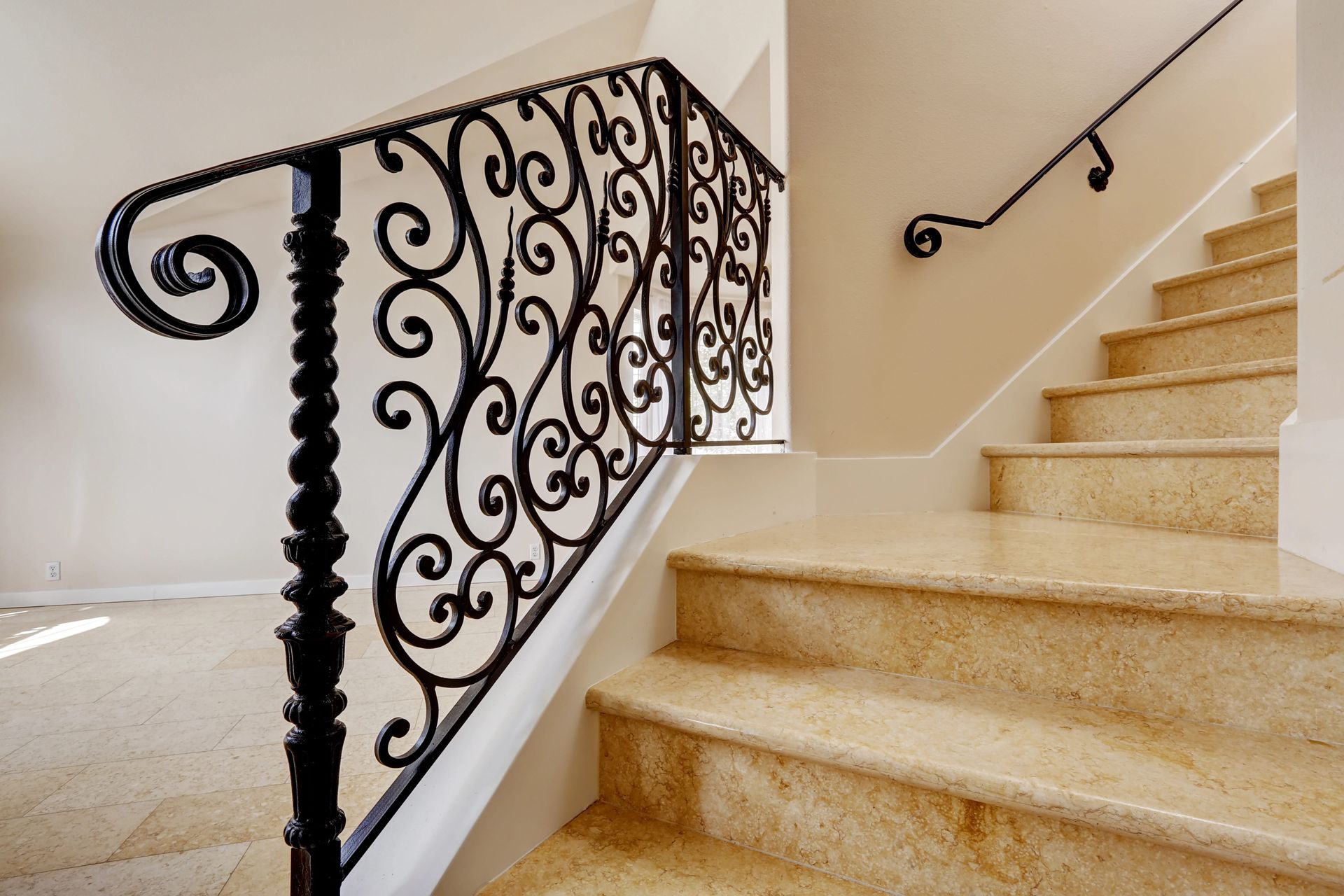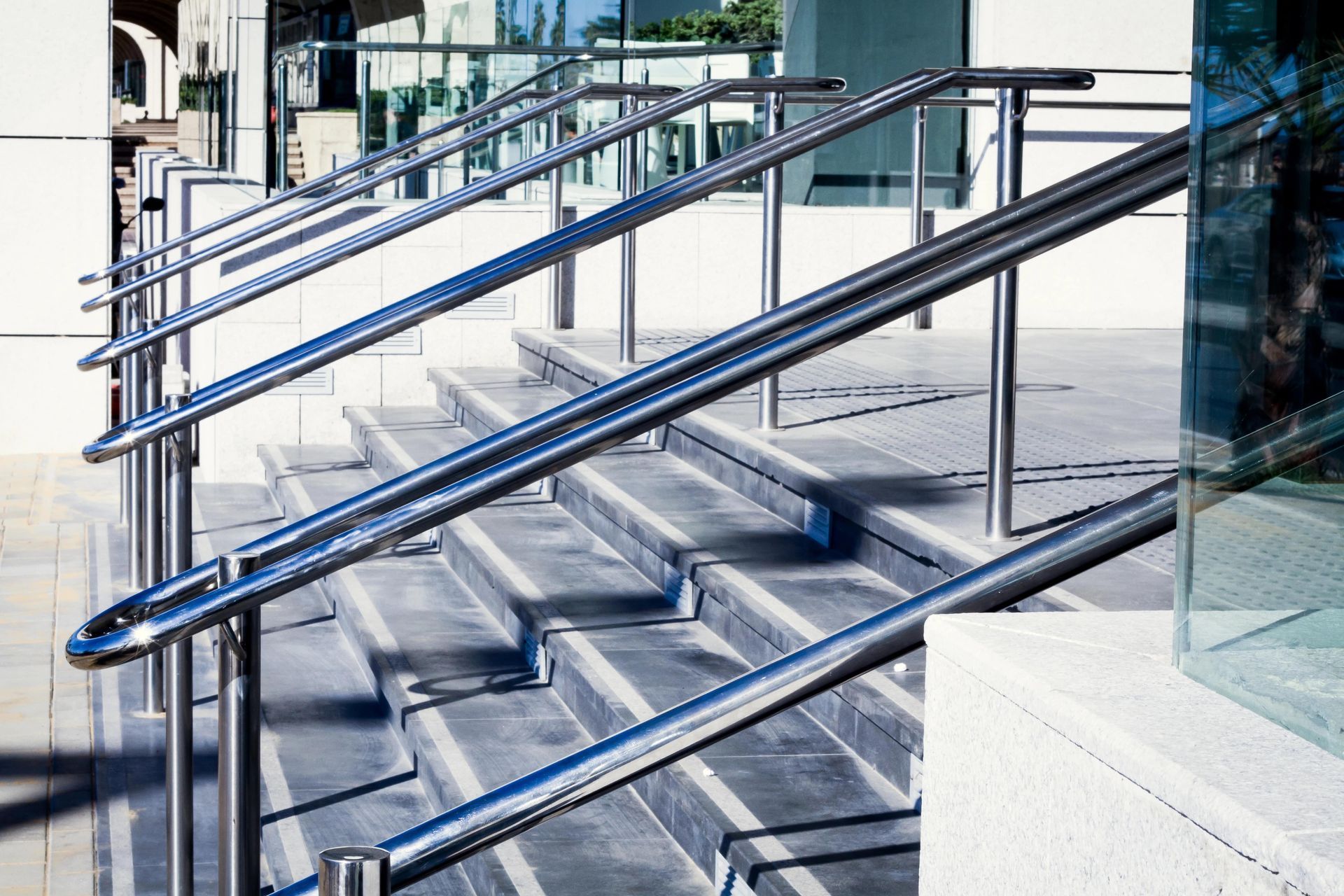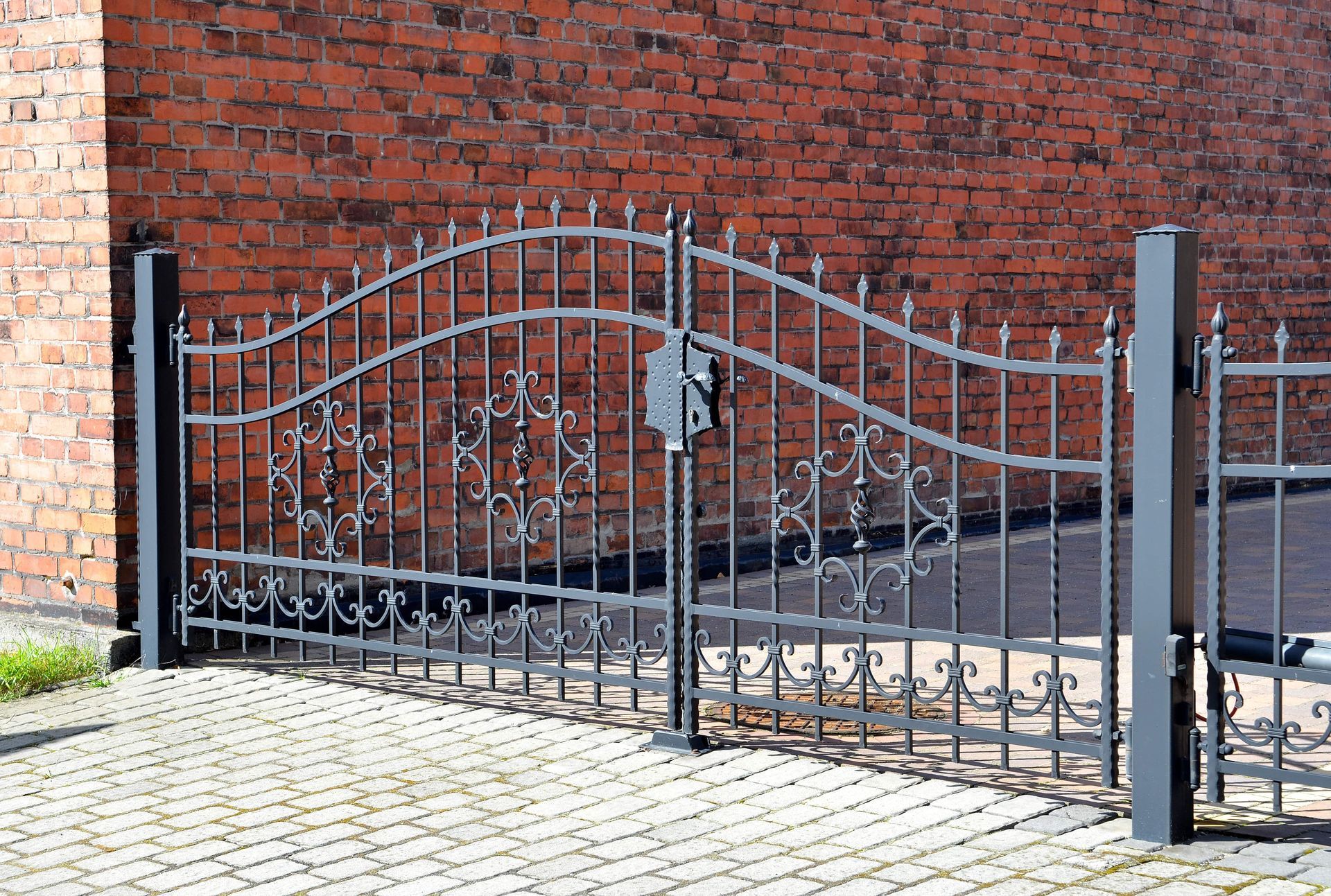You Can Count On Us
Get a quote
Contact Us
Our Services
Wrought Iron Railings
Wrought iron railings to add character to your back patio or deck.
Aluminum Railings
Aluminum railings for your balcony or deck that look great and keep your family and friends safe.
Why Choose Dallas Handrails?
- Expert Craftsmanship
Our skilled artisans and installers have extensive experience and are dedicated to delivering impeccable results on every project. - Customer-Centric Approach
We prioritize our clients' needs and work closely with them to ensure their complete satisfaction. Your vision and safety are our top priorities. - Innovative Designs
We stay updated with the latest trends and technologies in handrail design, providing you with modern and stylish options that stand the test of time. - Quality Assurance
We use only the finest materials and adhere to strict quality control standards, guaranteeing the durability and longevity of our handrail systems.
About Dallas Handrails
Welcome to Dallas Handrails, your premier destination for top-quality handrail solutions in Dallas and the surrounding areas. At Dallas Handrails, we pride ourselves on delivering exceptional craftsmanship, innovative designs, and unparalleled customer service.
With years of experience in the industry, our team of skilled professionals is dedicated to creating hand rails that not only enhance the safety and functionality of your space but also add a touch of elegance and sophistication. Whether you are looking for modern, traditional, or custom-designed handrails, we have the expertise to bring your vision to life.
Our commitment to excellence is evident in every project we undertake. From the initial consultation to the final handrail installation, we work closely with our clients to ensure that their needs and expectations are met with precision and care. We use only the highest quality materials, combined with advanced techniques, to ensure that our handrails are durable, stylish, and built to last.
At Dallas Handrails, we understand that each project is unique, and we tailor our services to meet the specific requirements of our clients. Whether you are renovating your home, upgrading a commercial property, or developing a new construction project, our team is here to provide you with personalized solutions that exceed your expectations.
Our goal is to provide our clients with the best handrail solutions, combining functionality, safety, and aesthetic appeal. We are passionate about what we do, and we take pride in transforming spaces with our expertly crafted handrails. We've also got partners in Atlanta if you need a handrail contractor for your home or business so give our friends at Atlanta Railing Pros a call! Thank you for considering Dallas Handrails for your handrail needs. We look forward to working with you and making your vision a reality.
At Dallas Handrails, our mission is to provide our clients with the best handrail systems that combine durability, style, and safety. We strive to exceed expectations by offering personalized solutions that cater to the unique needs and preferences of each customer. Our commitment to excellence ensures that every project, regardless of size or complexity, is completed to the highest standards.
Handrail tips
Visitor our blog for all things railings and handrails.
